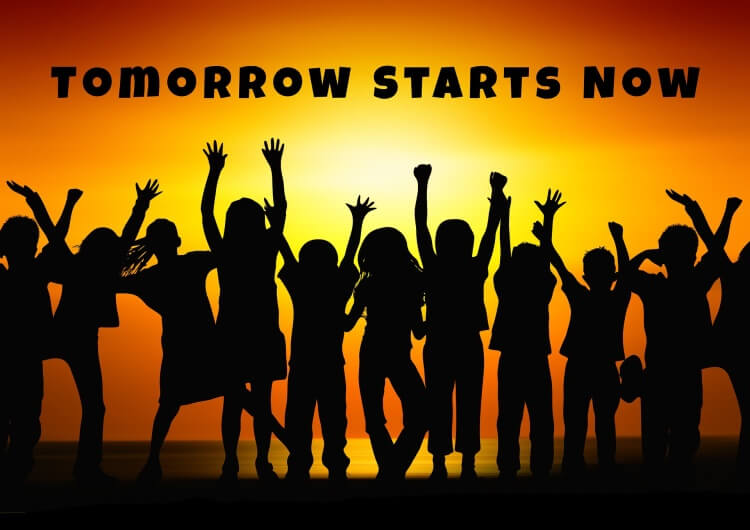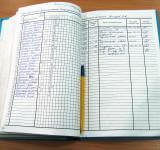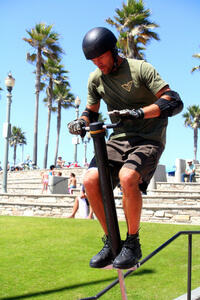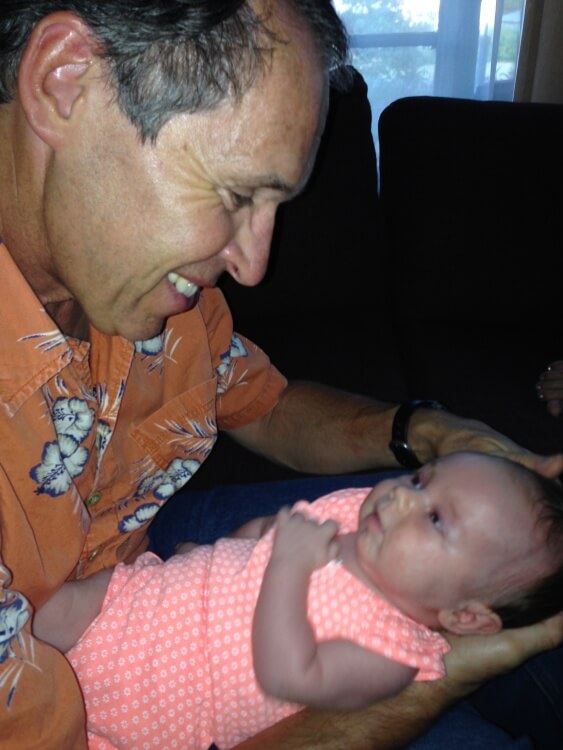Fall is a time for creating a sense of community with your students so that the rest of the school year goes along smoothly. Programs for “Social Emotional Learning” (SEL) and “Character Education” focus on creating positive environments so that no matter what unit you teach your students will benefit in ways beyond the basic acquisition of physical skills. As physical educators, we are ideally positioned to foster a climate for learning via SEL and good character building.

Collaborative for Academic, Social & Emotional Learning (CASEL) is one organization that “works to advance the science and evidence-based practice of social and emotional learning.” Their scientifically rigorous studies of adolescents between ages 5 – 18 show that SEL programs:
- Are effective in both school and after-school settings and for students with and without behavioral and emotional problems.
- Are effective for racially and ethnically diverse students from urban, rural, and suburban settings across the K-12 grade range.
- Improve students’ social-emotional skills, attitudes about self and others, connection to school, and positive social behavior. They also reduce conduct problems and emotional distress.
- Improve students’ achievement test scores by 11 percentile points.




